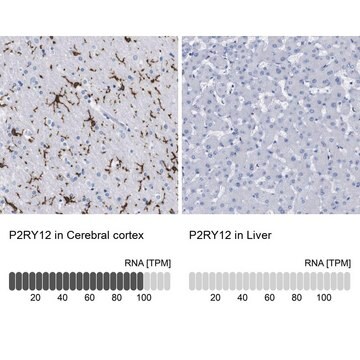438456
Sodium azide
≥99.99% trace metals basis
Synonym(s):
Hydrazoic acid sodium salt, NSC 3072
About This Item
Recommended Products
Assay
≥99.99% trace metals basis
form
solid
reaction suitability
reaction type: click chemistry
solubility
soluble 65 g/L at 20 °C (completely)
SMILES string
[Na]N=[N+]=[N-]
InChI
1S/N3.Na/c1-3-2;/q-1;+1
InChI key
PXIPVTKHYLBLMZ-UHFFFAOYSA-N
Looking for similar products? Visit Product Comparison Guide
Application
Catalyst for:
- Oxidative decarboxylation
- Michael addition reactions
Reagent for synthesis of
- Blue fluorescent copolymers
- Metal phosphonates
- Arenes via aminations
Involved in regioselective synthesis of prianosin B
suggested gloves for splash protection
Signal Word
Danger
Hazard Statements
Precautionary Statements
Hazard Classifications
Acute Tox. 1 Dermal - Acute Tox. 2 Inhalation - Acute Tox. 2 Oral - Aquatic Acute 1 - Aquatic Chronic 1 - STOT RE 2 Oral
Target Organs
Brain
Supplementary Hazards
Storage Class Code
6.1B - Non-combustible acute toxic Cat. 1 and 2 / very toxic hazardous materials
WGK
WGK 2
Flash Point(F)
Not applicable
Flash Point(C)
Not applicable
Choose from one of the most recent versions:
Already Own This Product?
Find documentation for the products that you have recently purchased in the Document Library.
Our team of scientists has experience in all areas of research including Life Science, Material Science, Chemical Synthesis, Chromatography, Analytical and many others.
Contact Technical Service







